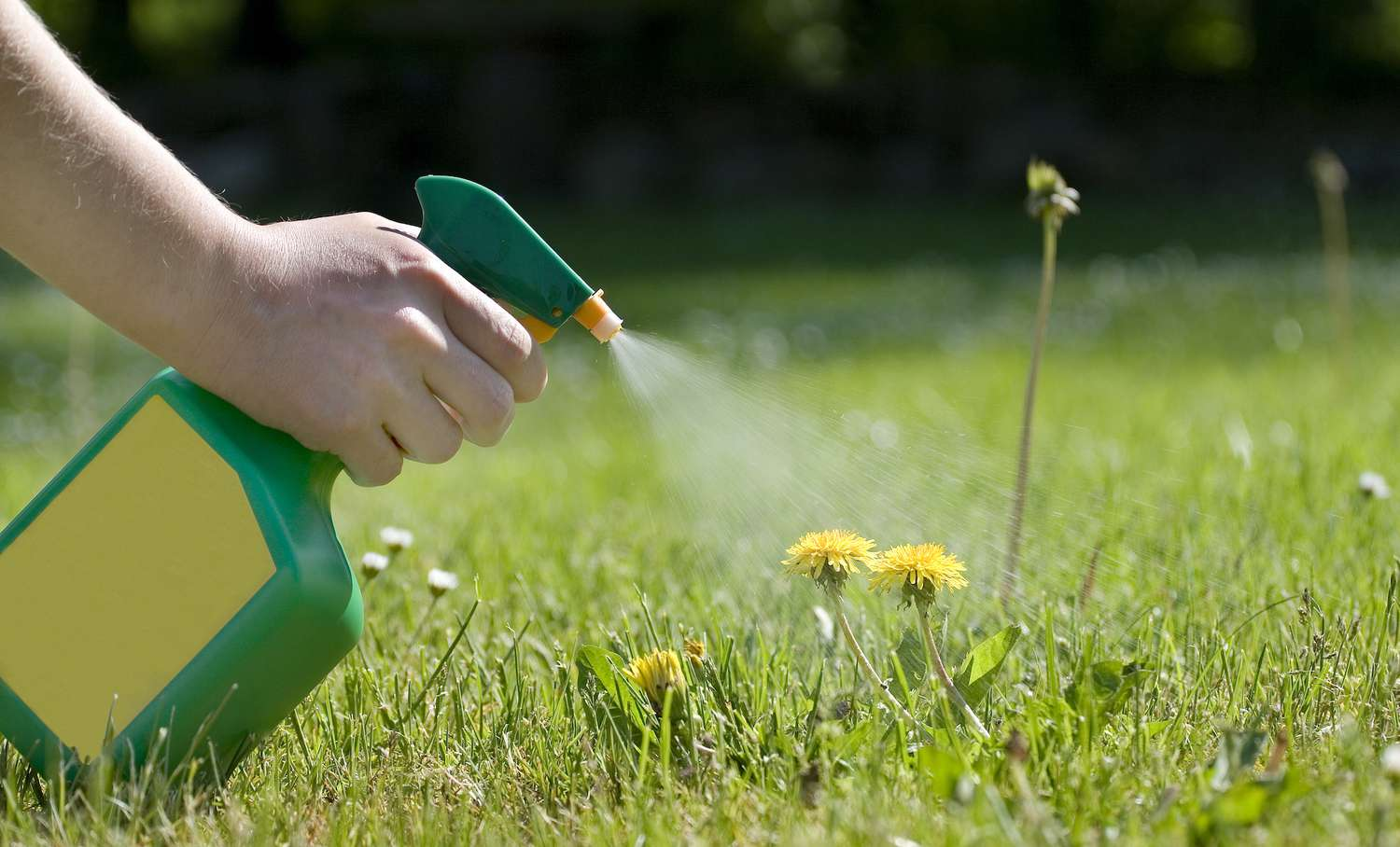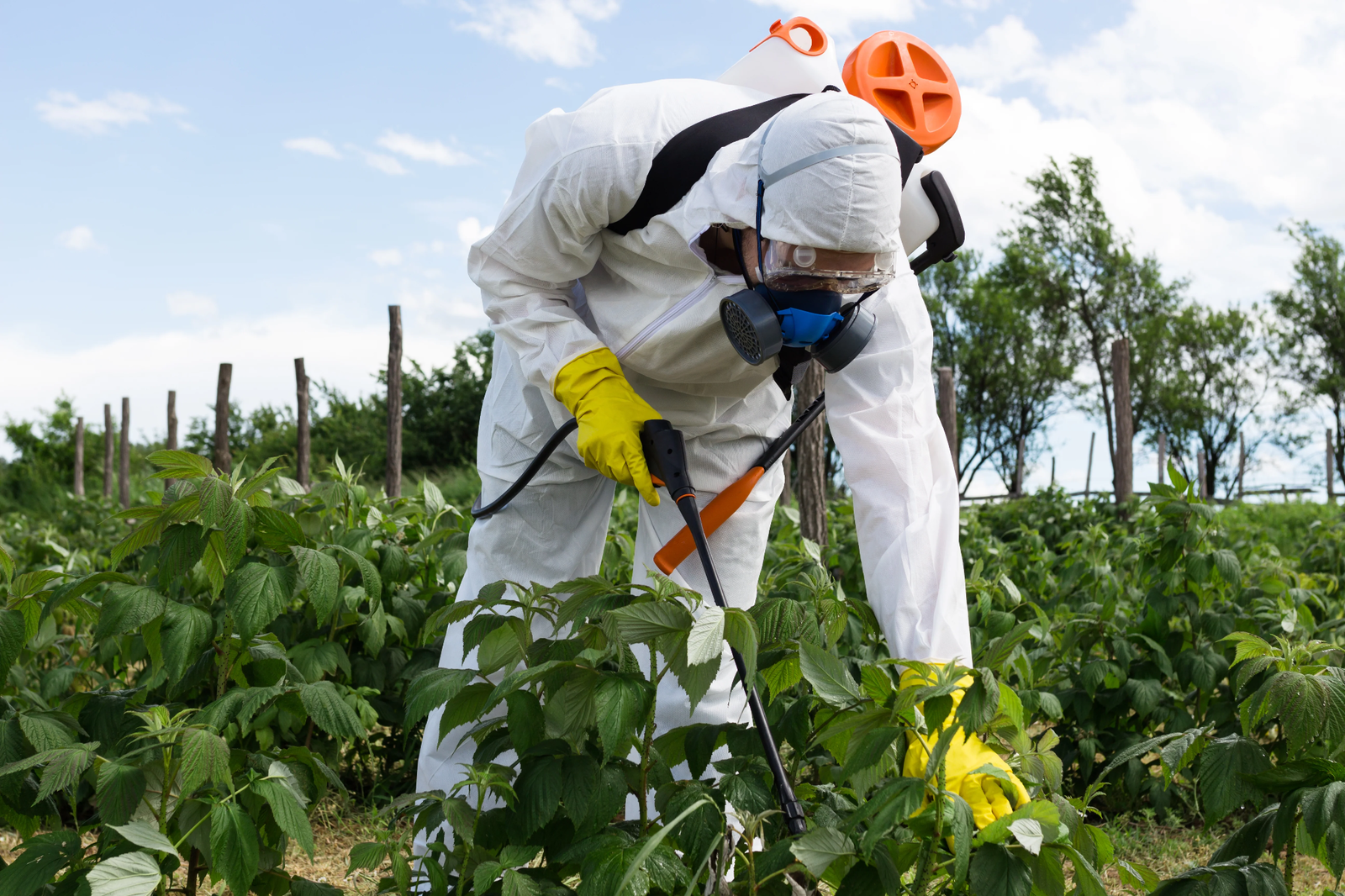Invasive plants can harm a garden by growing too fast and taking away sunlight, water, and nutrients from other plants. They spread quickly through roots, seeds, or vines, covering the garden and pushing out flowers, vegetables, and other suitable plants. Some can even change the soil, making it harder for other plants to grow. They might also bring pests or diseases that damage the garden.
Crossbow herbicide is a selective, post-emergent herbicide that affects specific plants without harming grasses. Many gardeners use it as their first choice to keep unwanted plants away from their gardens. It is frequently utilized in non-crop areas where grass protection is crucial, such as fields, borders, and grasslands.
Growcycle offers crossbow herbicide, a popular choice among farmers, land managers, and gardeners. It is beneficial in areas with many invasive plants that need precise control. This high-quality product saves time and effort, helping to keep lawns healthy and free from unwanted plants.

Formulation of Crossbow Herbicide
Crossbow herbicide contains two primary active ingredients that work in combination:
- 2,4-Dichlorophenoxyacetic acid (2,4-D): This synthetic auxin (a plant growth hormone) disrupts the standard growth patterns of broadleaf plants and contributes to cell division and growth that the plant cannot sustain. The result is wilting, distortion, and, eventually, the death of the plant.
- Triclopyr: Triclopyr is highly effective against woody plants and certain invasive brush species. It attacks the shrub’s vascular system, which dries up and dies. Triclopyr can penetrate the tough, woody stems of plants and help control vines, shrubs, and small trees.
These two active ingredients allow crossbow herbicide to provide broad-spectrum control over various vegetation types. At the same time, its selective action spares grasses and allows for focused brush control.
Benefits of Crossbow Herbicide
Crossbow herbicide offers numerous advantages over other herbicides, making it an attractive choice for a wide variety of applications:
- Selective Target: Unlike non-selective herbicides, it only targets broadleaf plants and woody brush and controls unwanted vegetation without affecting grasses. This makes it ideal for pastures, right-of-ways, and areas with beneficial grassy vegetation.
- Effective Against Woody Plants: Crossbow herbicide controls complex plants like poison ivy, blackberries, kudzu, and other woody perennials. The combination of 2,4-D and Triclopyr ensures that even the most demanding plants are effectively controlled.
- Versatile Application Methods: Depending on the target vegetation, the crossbow can be applied in various ways. It can be sprayed on leaves and stems for foliar control, applied to the basal bark, or used as a cut-stump treatment for newly cut trees and shrubs.
- Residual Control: Crossbow remains effective in the soil for several weeks, allowing for extended herb control without frequent reapplication. However, its residual activity should be considered to avoid unintended effects on desirable vegetation in surrounding areas.
- Easily Accessible: In many areas, crossbow herbicide is classified as a non-restricted-use herbicide readily available to commercial and residential users. This makes it more accessible for homeowners and land managers alike.

Application Guidelines for Crossbow Herbicide
The following are the steps that must be followed for its effective use:
1. Selection of the Right Season
Apply it during the active growing season when target plants are fully leafed out and actively growing. For most woody plants, this means late spring through summer, though the specific time for its usage depends on the plant species.
2. Mixing Rates
For general brush control, mix 1-1.5 gallons of water per 100 gallons of water. For spot treatment of smaller herbs or brushes, use a more concentrated solution of 4-6 ounces per gallon of water. Consult the product’s label when preparing precise solutions for specific and targeted plants.
3. Application Methods
- Foliar Spray: Use a sprayer to apply crossbow herbicide to the leaves and stems of the target plants. This is the most common method for broadleaf herbs and smaller shrubs.
- Basal Bark Treatment: For larger shrubs and young trees, apply it to the lower bark of the trunk. This allows the herbicide to penetrate and kill the plant from the inside out.
- Cut-Stump Treatment: After cutting down a woody plant, a treatment must be applied immediately to the cut surface to prevent regrowth. This strategy is beneficial for handling tree stumps.
4. Drift Prevention
Since crossbow herbicide can damage non-target plants, apply it on calm days with minimal wind to prevent drift. Drift-prevention chemicals may be included in the spray mixture to limit spray mobility.
5. Irrigation
Do not use crossbow herbicide if rain is forecasted for the day. Rain will wash the chemical off the foliage and decrease its efficacy.
Safety and Precautions
Crossbow herbicide is a powerful chemical, and appropriate safety measures are vital to prevent harm to humans, animals, and non-target plants:
- Before applying it, wear a mask, gloves, long sleeves, and eye protection to avoid skin, eyes, and lungs exposure.
- It must be stored at a lower temperature in dry places away from pets, water, and food.
- It can harm sensitive plants, so their spray should be avoided near gardens, trees, and other plants that need to be kept.
- Although it is safe for pastures, livestock should be kept out of treated areas until the herbicide has dried, usually 1-2 days after application.

FAQs
Does crossbow herbicide stay in the soil?
It breaks down in the soil over time, but residual effects may last a few weeks to months, depending on soil conditions.
What are the environmental impacts of crossbow herbicide?
Its application near water bodies can harm aquatic life. Their entry into waterways can affect beneficial insects and marine species. Follow the guidelines to prevent accidental drift or leaching into streams or ponds.
How long does it take for a Crossbow to work?
Visible effects, such as wilting and browning, usually appear within a few days to two weeks, depending on the plant type and weather conditions.
The Bottom Line
Crossbow herbicide is an effective and adaptable product that helps manage broadleaf herbs and undesirable plants. Property owners, farmers, and land managers can control vegetation without risking the plants they wish to preserve. Crossbows are a reliable choice for managing invasive plants in pastures, by roadsides, or near fences. Growcycle is the most trusted source for gardeners looking for effective crossbow herbicides.




















